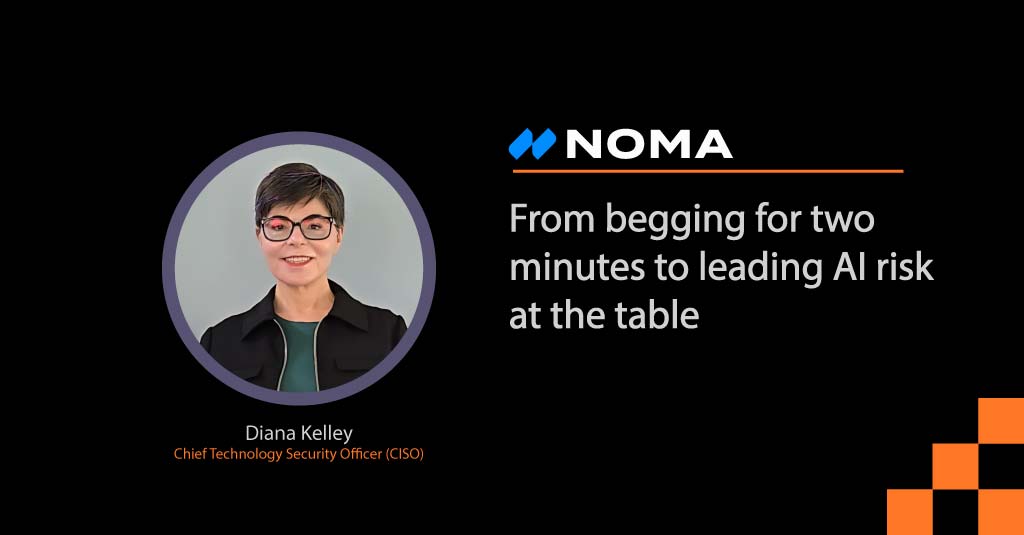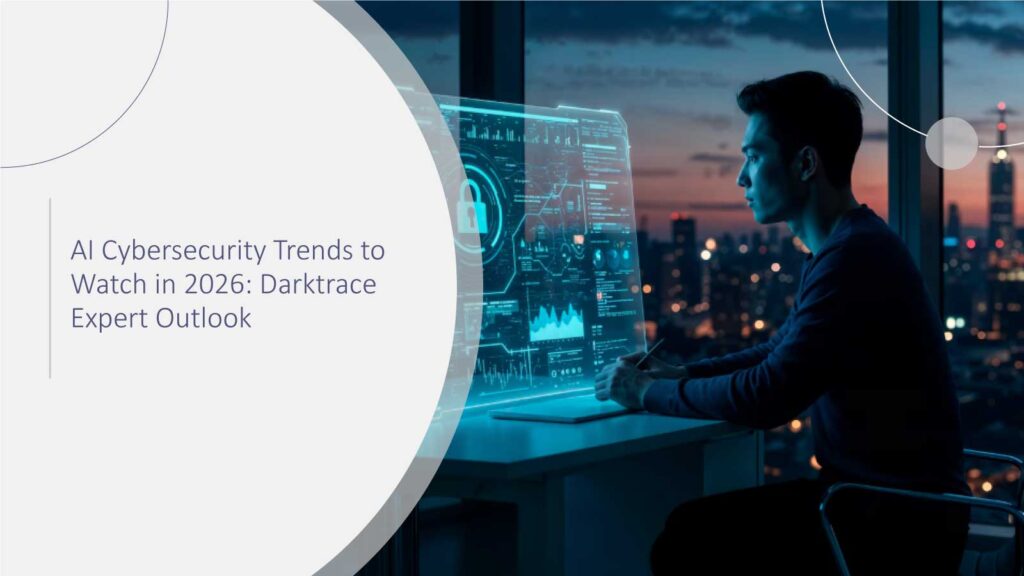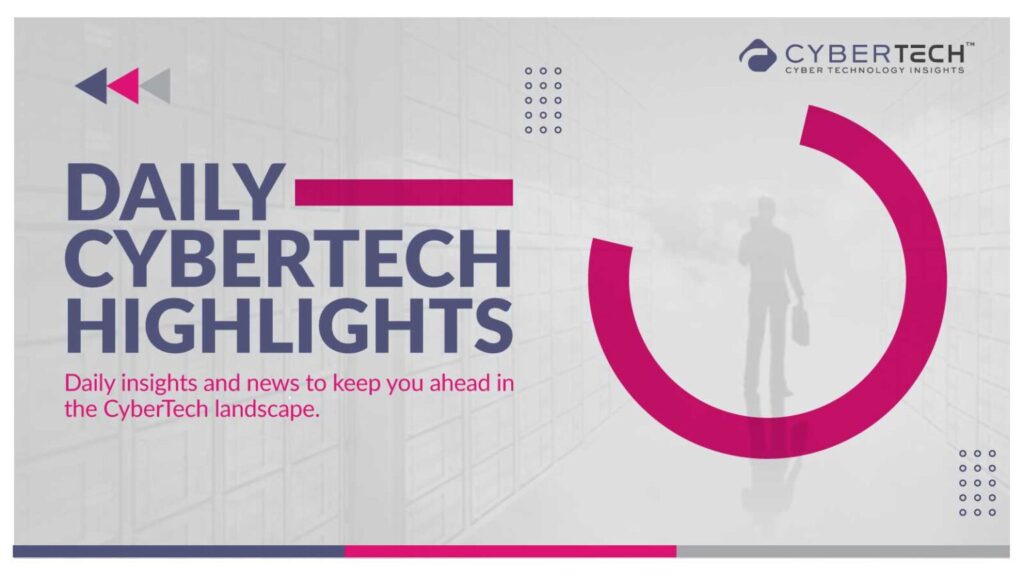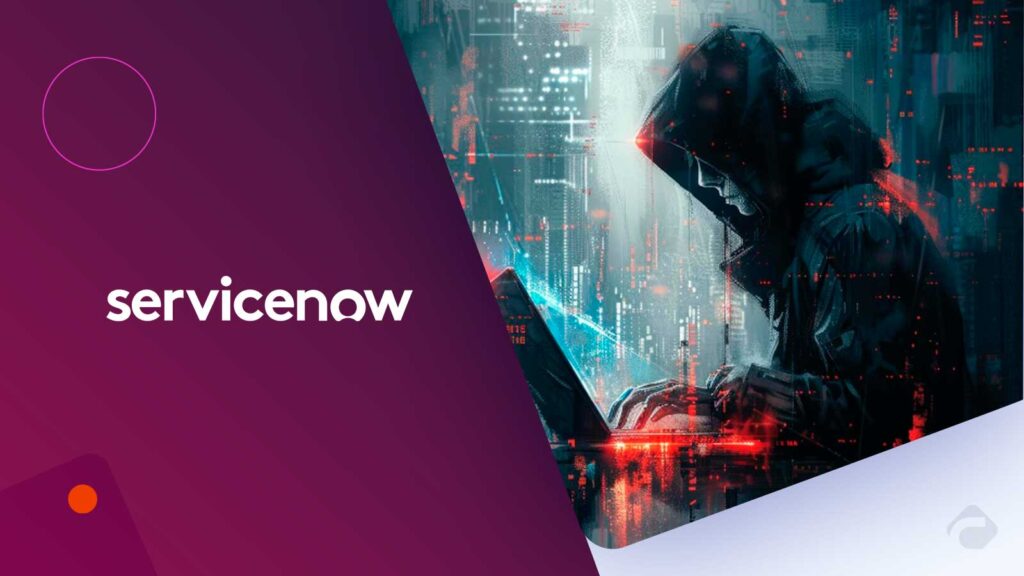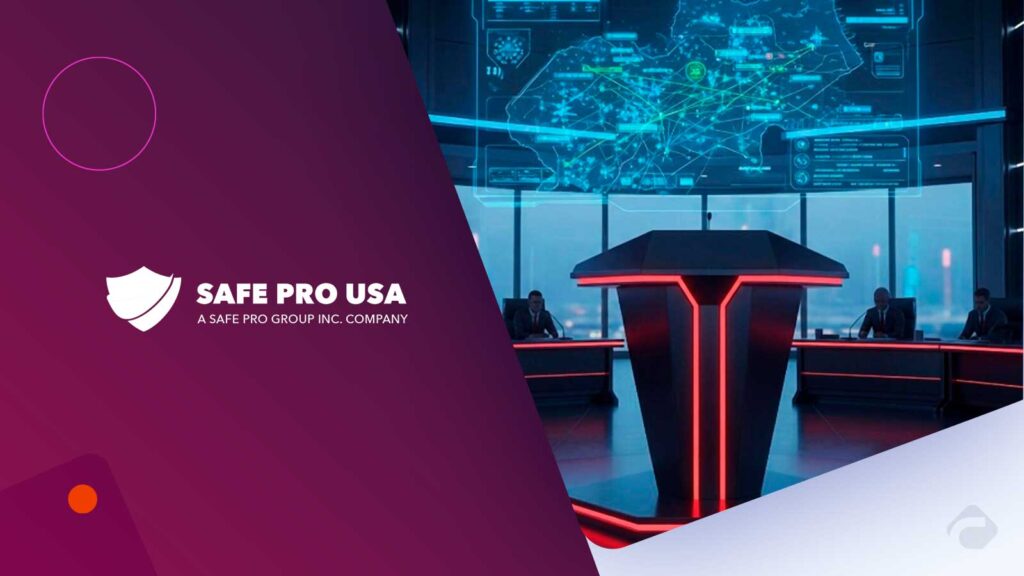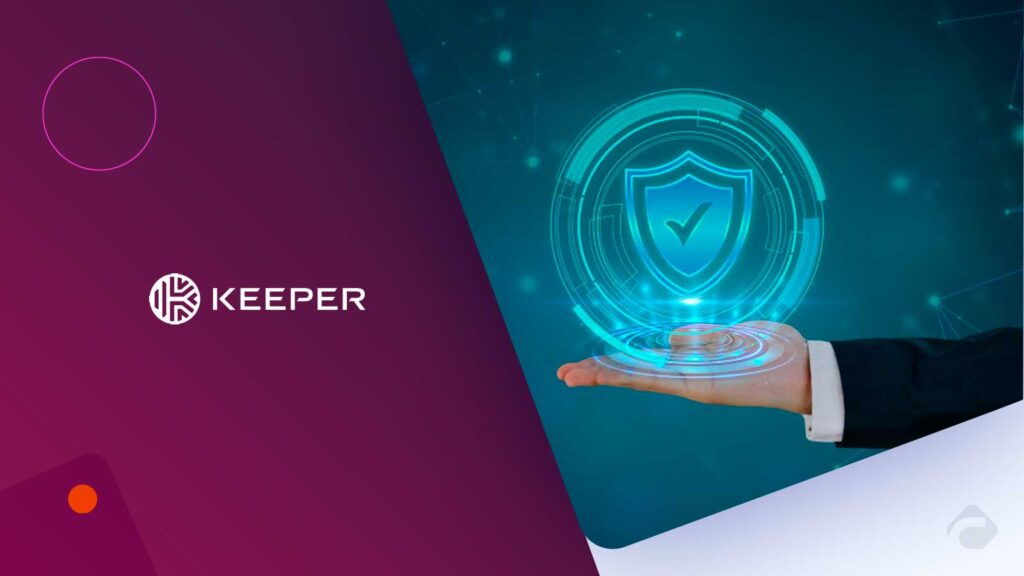I still remember a particular board meeting from a few years ago, one that perfectly captured the uphill battle for visibility security leaders often struggle to attain. In the weeks leading up to this meeting, I’d been lobbying the CEO to add a security and privacy update to the agenda. Not only is it critical that the Board be updated regularly on an organization’s security and privacy posture, but it’s also a critical part of a robust compliance program. Yet I had to remind the CEO not just once, but multiple times. Each time, the response was some variation of, “Yes, of course, we’ll get it on there.” Finally, relieved, I saw security and privacy appear on the agenda.
On the day itself, I sat in the virtual boardroom, laptop open, meticulously prepared slides at the ready. The first part of the meeting was pre-read followed by discussion on market trends. The second was deep dives on strategy and product roadmap. The clock kept ticking.
Recommended CyberTech Insights: How GDPR Is Reshaping Cyber Risk in the AI and Cloud Era?
With only a few minutes left before the meeting was set to adjourn, I stepped in: “We still need to cover privacy and security.” The CEO checked the time, sighed, and said, “Okay, let’s give it two minutes. Quickly”
Two minutes. After months of building programs to protect the company, I had two minutes to communicate the organization’s security posture, risk exposures, and privacy obligations to the people ultimately responsible for oversight. It was a stark reminder that, for all the talk about “security as a priority,” getting a real seat at the table is still a fight.
From Afterthought to Center Stage — Thanks to AI
Fast forward to today, and the landscape looks very different. In the wake of AI’s explosive growth, security and risk are no longer polite footnotes at the end of a board meeting. Suddenly, everyone from the CEO to the most junior product manager is asking, “What’s our plan for AI risk?”
AI has done what decades of breaches, compliance mandates, and “security-first” slogans couldn’t fully achieve: it has prompted organizations to make security a standing agenda item. Meaning that for many CISOs, that long fight for a seat at the table is finally over. But there’s a catch. This isn’t a polite dinner table where we chat about risk in theory. This is a table littered with metaphorical grenades, knives, and trap doors; a high-stakes, high-risk arena where the pace of AI innovation collides head-on with an evolving threat landscape and ever-increasing impacts.
The Big Ask: Secure Innovation Without Killing It
Here’s the dilemma. On one hand, we have a mandate to enable AI adoption at the speed of innovation. The business wants to seize every competitive advantage AI offers whether that’s new products, faster insights, better customer experiences or more.
On the other hand, we’re staring at a flood of emerging vulnerabilities: prompt injection attacks, data leakage, excessive agent autonomy, model poisoning, supply chain risks in AI training data, and the unpredictable behavior of generative models. The tools to manage these risks are doing their best to stay ahead of it all, and industry standards like the OWASP GenAI Project’s Top 10s and NIST’s AI RMF, are attempting to keep up. But this is a far cry from rolling out a standard web application firewall or endpoint detection platform. We’re operating in uncharted territory. And yet, the expectation is crystal clear: keep us safe, keep us compliant, and don’t slow us down.
Recommended CyberTech Insights: IT’s Mid-Year Reset: Key Priorities for the Second Half of 2025
The other day my colleague Mike McKenna had the idea for a cartoon that sums up the AI security scenario perfectly, so I prompted Gemini and got this:

What It Takes: Partnership, Inside and Out
So how do we seize the opportunity without getting ourselves or our companies caught in a risk trap? By finding and collaborating with the right partners, both within our organizations and with external resources. Because securing AI isn’t something the security team can, or should, do alone. The organizations that manage this transition best will:
- Build Strong Internal Alliances
Security leaders need tight partnerships with product, engineering, legal, compliance, and data science teams. We have to integrate security thinking into AI projects from the start, not bolt it on later. And leverage tools that support a holistic view of the AI Lifecycle supporting multiple stakeholder needs. - Leverage External Expertise
Given how fast the AI threat landscape is evolving, outside consultants, research partnerships, and vendor tools can fill critical knowledge and capability gaps. The right partners bring not only new solutions and technical controls but also battle-tested playbooks from other industries and use cases. - Evolve Our Own Playbooks
Old risk frameworks aren’t enough. We need updated methodologies and frameworks like the ones coming from ISO, NIST, OWASP, and CSA that address the unique challenges of non-deterministic AI systems, from agentic threat modeling to risks from cascading hallucinations, to model governance and training data vetting and secure deployment architectures for GenAI.
The Opportunity We Can’t Afford to Waste
It’s taken decades for security leaders to be recognized as essential contributors to corporate strategy. Now that we’re here, we have to make it count. That means proving our value not by saying “no” to innovation, but by enabling it safely. It means building the trust and credibility to influence decisions early. And it means moving quickly, because in AI, the speed of change doesn’t wait for us to catch up.
The stakes are high. But for those of us who remember the days of begging for two minutes at the end of a board meeting, this is the moment we’ve been fighting for. We have the seat. We have the voice. Now we just need to make sure we use it wisely.
Recommended CyberTech Insights: How to Foster a Culture of Innovation in Your Tech Teams
To participate in our interviews, please write to our CyberTech Media Room at sudipto@intentamplify.com

